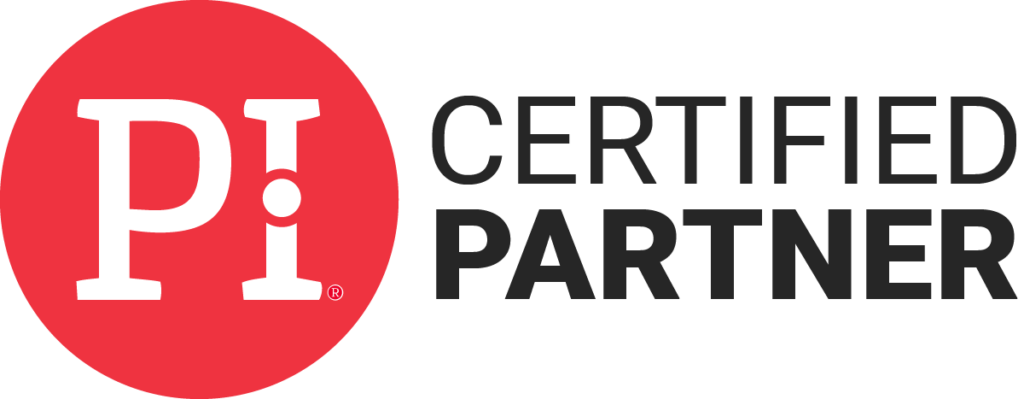Every organization has a culture. Whether you have 10 employees or 10,000 employees, your organization has a culture. Some cultures are methodically and strategically designed and maintained by the organization. Other cultures happen to the organization. The question you must ask yourself, is the culture at your organization what you want it to be? Is it productive? Are the employees engaged and happy? Do employees stay? Do employees refer others to work there?
In reviewing culture surveys, a consistent theme is that executives tend to have a much higher opinion of their workplace culture in comparison to the feedback from their employees. In other words, there tends to be a gap between how executives think their employees feel and how the employees actually feel.
An organization’s reputation for workplace culture is usually well-known in their local community or even on a global scale. If you asked your friends or colleagues to list companies with a toxic workplace culture and to list companies with a great culture; they would easily create that list based on either their own personal experiences or stories from others. But what about the rest of businesses? By definition, toxic means “containing or being poisonous material especially when capable of causing death or serious debilitation”. While many organizations don’t necessarily have a toxic environment, they often do have much room for improvement. They are in need of a culture make-over!
Sometimes organizations start out with a dynamic workplace culture but overtime it shifts. When an organization goes through rapid growth in a short period of time, or experiences a change of ownership, or the founder retires; all of these types of events and others can cause the culture of a workplace to shift dramatically. And if the culture isn’t a priority and culture isn’t part of the strategy then that shift is often for the worse.
Many organizations do a lot of things right, but they fall short on being a “best of” or top-tier company to work for because they have not made their culture a part of their strategy. SHRM reported that approximately $223 billion has been lost by companies in the past 5 years from costs associated with employees leaving due to the workplace culture. So, even if you don’t consider your workplace to be toxic, it’s probably worth evaluating. If you have not conducted a comprehensive and inclusive survey of your employees in the past 12 months, then it’s time for a culture survey. All improvements start with knowing your true baseline.
Here are 10 signs that your organization needs a culture make-over:
- There is poor and/or haphazard communication.
- It is sometimes unclear to employees how decisions are made.
- There are instances of favoritism.
- There are instances of nepotism.
- Not all the bosses maintain the open-door policy.
- Employees feel unappreciated at times.
- Some of the good employees have been resigning or are job hunting.
- There is no clear succession planning in place.
- Employee professional development and career pathing is non-existent or lacking.
- There is high volume of gossip and drama.
If any of these resonate with you, then your organization is ready for a culture make-over. Contact Time To Flourish to learn more about how to “Makeover” your workplace culture.
